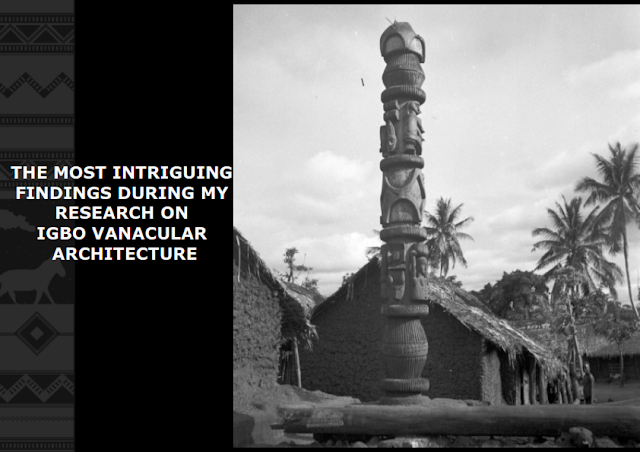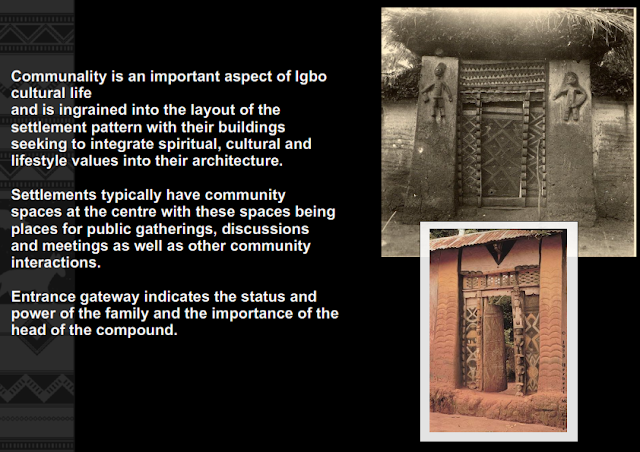THE EVOLUTION AND TRANSFORMATION OF AN AFRICAN DESIGN LANGUAGE - Igbo Architecture by Ikechukwu Godspower
The language of our Continent is Beautiful and Spiritual. Africa is connected to the realm of Her Ancestors, for the cycle of Life is never broken in the Motherland!
On the way to Mastering the architectural language of his culture, the IGBO of Nigeria, Ikechukwu Godspower, better known as 'Zhinche' unearthed the building blocks upon which technology, aesthetics, spirituality, materials and design philosophies were transferred into architecture and community building of the Igbo Nation. His goal was to specialize in speaking the architectural language of his Culture, a skill he intends to Master in his professional journey to becoming a Master in Igbo Modern Vernacular Architecture.
Play video below to watch the design Quick Animation.
Nnukwu Nmanwu was targeted at restoring the traditions of igboland gradually fading away. The mmanwu were effective in keeping/restoring traditional norms and values in the communities. They are performed only by males in exclusive secret societies and involve the use of elaborate, colorful costumes that are meant to invoke ancestral spirits. With colonization in the 20th century, mmanwu became more relevant as an institution for cultural entertainment. Nowadays, they are used more for tourist attractions when they come out in colourful robes accompanied by traditional dancers and music, with each passing season, its importance and relevance depreciates, to revive its relevance and educate future generation Nnukwu Nmanwu was created, with approximately 50 guest suites located in Uli Anambra state Nigeria.
Play video below to watch the full design Presentation.
Below are more views of the resort design:
Read some of Ikechukwu research work on the Evolution of Igbo architecture that guided his design:
- 25 Traditional Element Igbo Architecture:
- Fun Facts on Igbo Architecture:























I would like to say Thank you dear, I found your information really helpful and useful. Thanks once again for this information. Keep posting all the new information.
ReplyDeleteDiploma in Architecture in Delhi